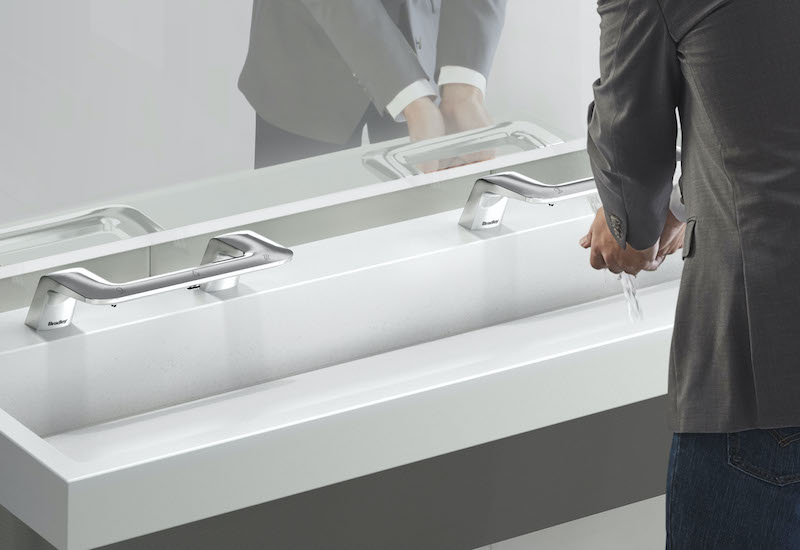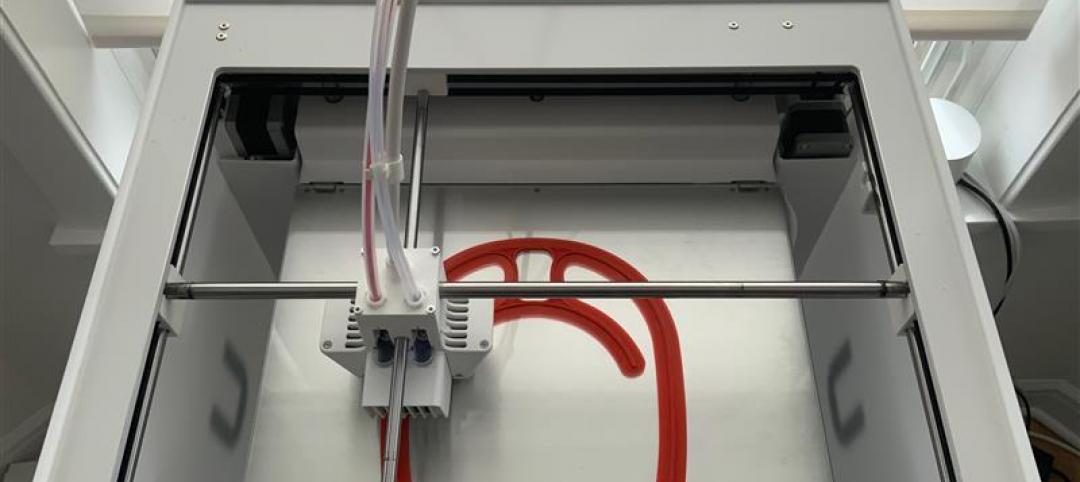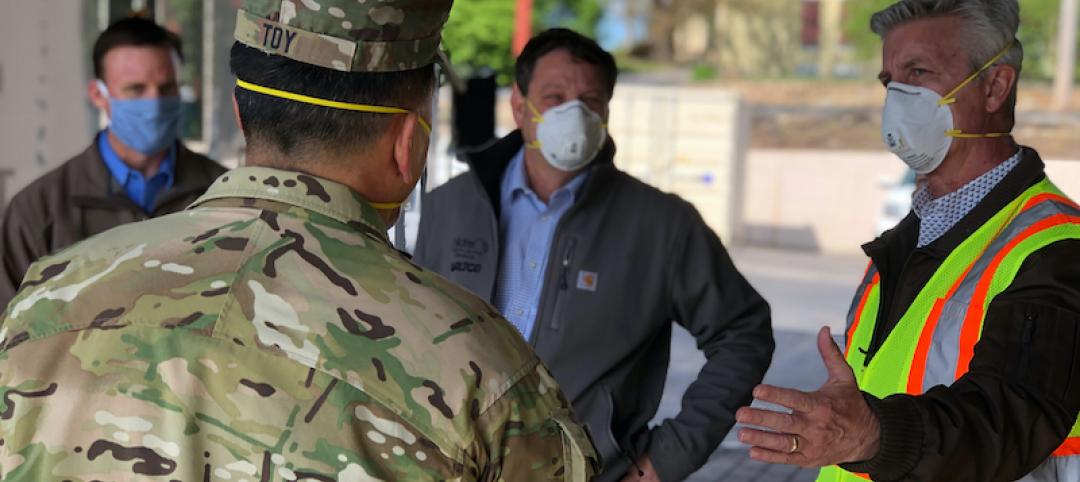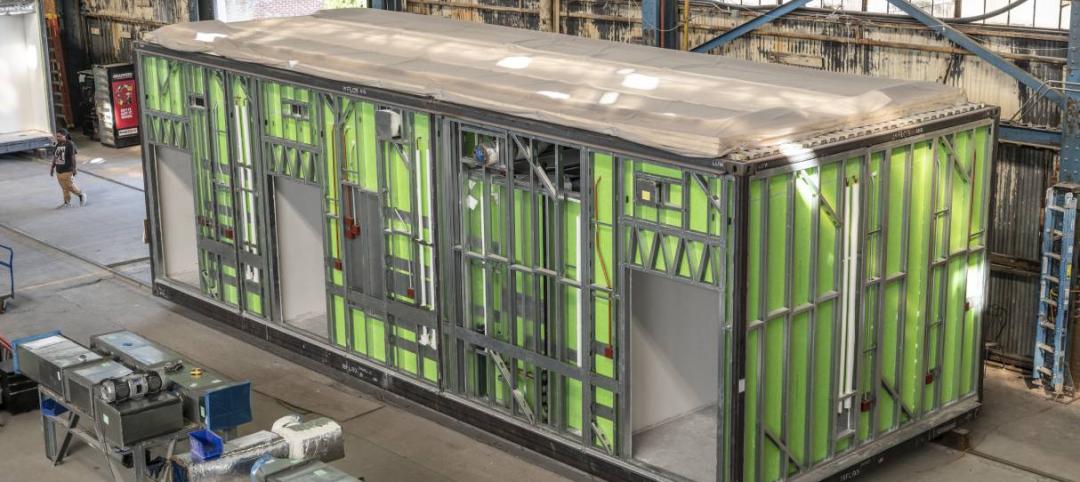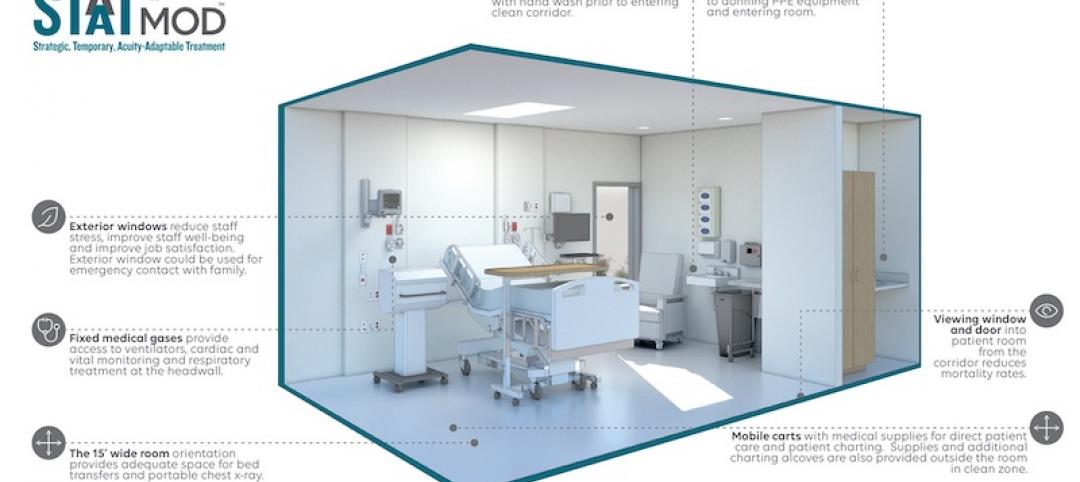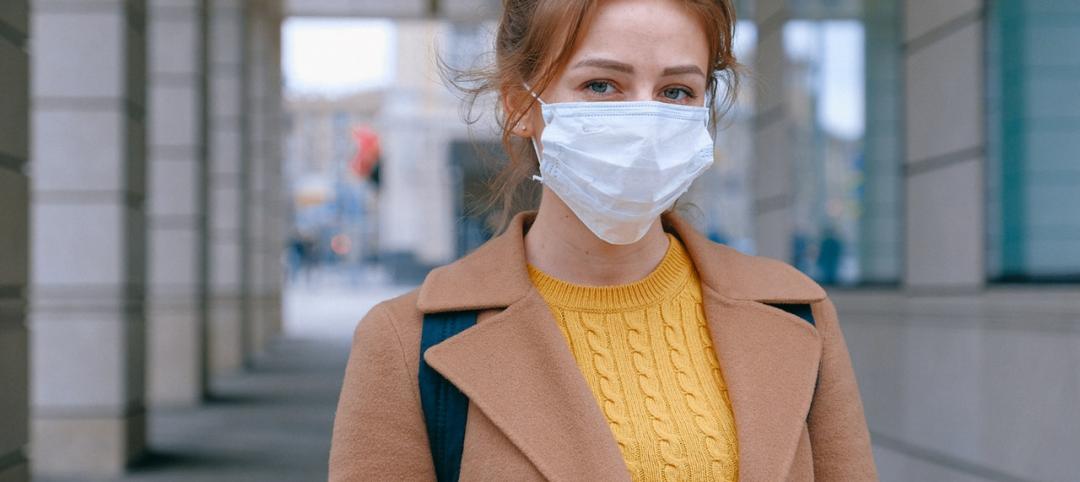Germaphobes rejoice! Public restrooms may soon become a much more sanitary place than they have been in the past thanks to the effects of COVID-19.
As the novel coronavirus spread rapidly around the world, people quickly became aware that perhaps the obsessive hand-washing, any-bathroom-is-touchless-if-you-try-hard-enough germaphobes among us may have had the right idea. And now, it is time for public restroom design to catch up to the current state of affairs.
“As businesses and public establishments reopen and Americans return to using facilities, all eyes are on public restrooms,” says Jon Dommisse, Director of Strategy and Corporate Development, Bradley Corp. “Today’s commercial washroom will be of paramount importance in providing hand washing systems and supplies, and mitigating sickness-causing germs.”
Below are commercial restroom upgrades, as outlined by Bradley Corp., to help improve hand washing and minimize germs.
1. Post signage. Reinforce cleanliness with friendly reminders about washing hands for 20 seconds per Centers for Disease Control (CDC) guidelines, maintaining safe distances between users, throwing away paper towels, etc. The Healthy Hand Washing Survey by Bradley Corp. shows that 40% of Americans increase hand washing when signs are posted.
2. Offer touchless fixtures. Cross contamination of germs in restrooms can be reduced by using touch-free fixtures for everything from soap, faucets, hand dryers/towels, doors and flushers. Public health experts agree: “Under any circumstance, using touchless fixtures helps to inhibit the spread of germs in restrooms and buildings,” says medical microbiologist Michael P. McCann, Ph.D., Professor of Biology, Saint Joseph's University. “The more we avoid restroom touchpoints, the healthier and easier our operations will be. Hands-free washrooms are a win-win for consumers and businesses.”
Research shows that consumers are highly in favor of using touch-free fixtures. “91% of Americans believe it’s extremely or somewhat important that public restrooms are equipped with touchless fixtures,” Dommisse said. “In fact, making everything touchless is Americans’ most requested improvement in restrooms.”
3. Increase cleaning, sanitization and restocking. Proper and frequent cleaning and disinfection is key for restrooms, especially for high-touch surfaces, such as doorknobs, faucets, sinks, toilets, stall door openers and paper towel dispensers. According to the CDC, daily cleaning with soap and water reduces germs, dirt, and impurities on the surface, and should be done frequently, especially if there is high traffic.
“It’s also important to disinfect surfaces to kill germs at least once daily, and more often if the restroom is busy,” Dr. McCann said. Finally, be sure to check and restock supplies regularly. Experiencing unclean low-stocked restrooms are pet peeves for restroom users.
4. Provide trash cans and hand sanitizer near exits. “Our research shows that 65% of Americans use paper toweling to avoid contact with restroom doors and faucets,” Dommisse said. “Keeping paper towels and waste containers near doorways can be helpful so people can throw them away upon exiting.”
Installing hand sanitizers outside restrooms is another way people can sanitize their hands upon entering and leaving the restroom.
5. Prop open doors to increase visibility and minimize contact. To limit the number of people in restrooms and encourage social distancing, a propped open door can give people a small window into seeing how many others are already inside. In addition, a slightly opened door allows people to maneuver the door with their elbow, as opposed to their hands.
Related Stories
Coronavirus | Apr 15, 2020
DCAMM teams with SLAM and Gilbane Building Company to re-occupy Newton Pavilion for temporary quarantine of homeless during COVID-19 pandemic
First and only quarantine shelter in Boston-area to convert a shuttered hospital for homeless patient occupancy.
Coronavirus | Apr 15, 2020
3D printing finds its groove fabricating face shields during COVID-19 crisis
The architecture firm Krueck + Sexton is producing 100 shields for a Chicago-area hospital.
Coronavirus | Apr 14, 2020
COVID-19 alert: Missouri’s first Alternate Care Facility ready for coronavirus patients
Missouri’s first Alternate Care Facility ready for coronavirus patients
Coronavirus | Apr 13, 2020
COVID-19 alert: City conducts a 'virtual building inspection' to allow Starbucks and bank to open
Bothell, Wash., issues a certificate of occupancy to developer after inspecting the property online.
Coronavirus | Apr 13, 2020
Construction layoffs spread rapidly as coronavirus shuts down projects, in contrast to job gains through February in most metros
Association officials urge quick enactment of infrastructure investment, relief for hard-hit firms and pensions in order to save jobs in construction and supplier industries.
Coronavirus | Apr 12, 2020
How prefab can enable the design and construction industry to bring much needed beds to hospitals, faster
The outbreak of COVID-19 represents an unprecedented test for the global healthcare system. Managing the pandemic—and saving lives—depends largely on the availability of medical supplies, including the capacity of hospitals. But the United States lags behind other nations, with only 2.8 beds per thousand people compared to 4.3 in China and 12.8 in South Korea.
Coronavirus | Apr 10, 2020
HGA and The Boldt Company devise a prefabricated temporary hospital to manage surge capacity during a viral crisis
A STAAT Mod system can be ready to receive patients in less than a month.
Coronavirus | Apr 10, 2020
COVID-19: Converting existing hospitals, hotels, convention centers, and other alternate care sites for coronavirus patients
COVID-19: Converting existing unused or underused hospitals, hotels, convention centers, and other alternate care sites for coronavirus patients
Coronavirus | Apr 9, 2020
COVID-19 Design Innovation Grant: IDA offers $14,000 to spur design innovation for combating the coronavirus pandemic
The International Design Awards is looking for innovations in low-cost ventilators, in-home isolation pods, and reusable masks.
Coronavirus | Apr 9, 2020
COVID-19 alert: Robins & Morton to convert Miami Beach Convention Center into a 450-bed field hospital
COVID-19 alert: Robins & Morton to convert Miami Beach Convention Center into a 450-bed field hospital


